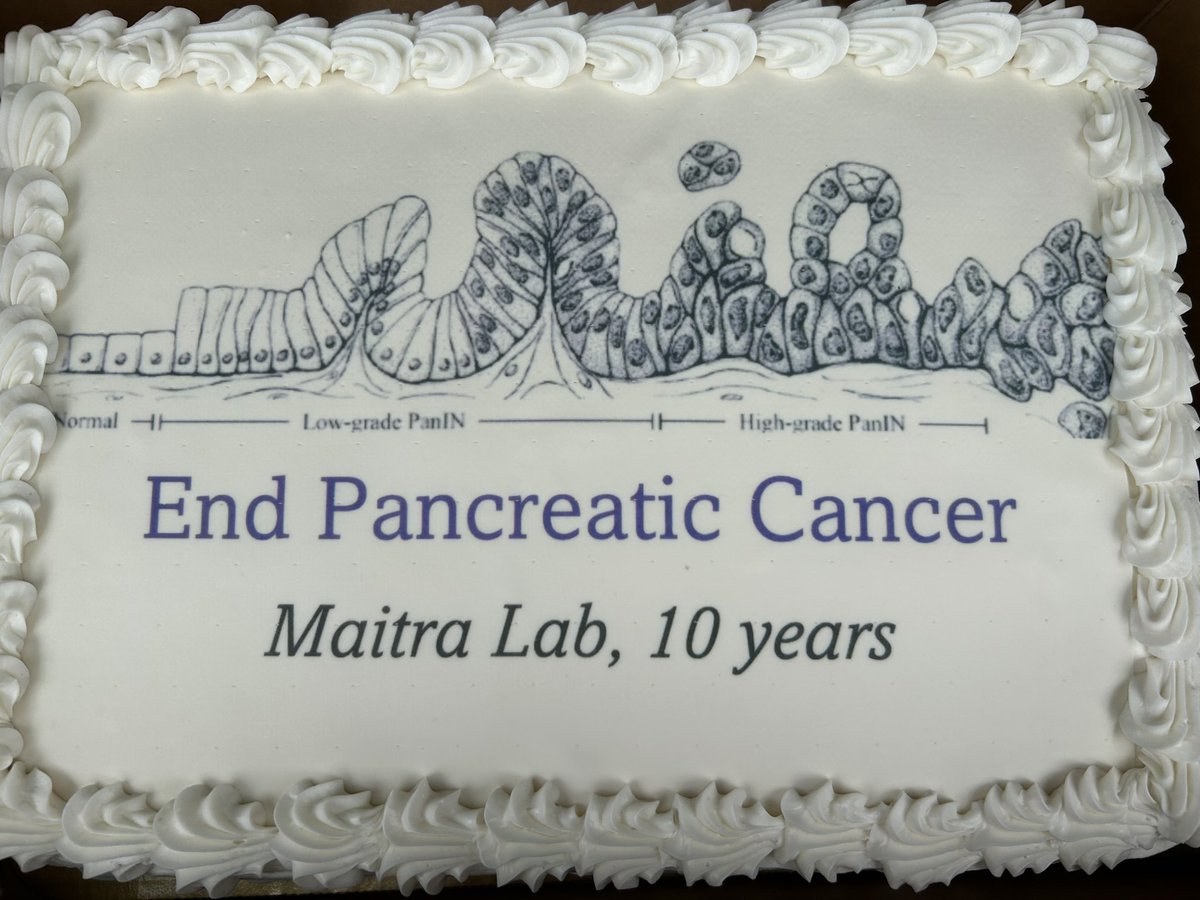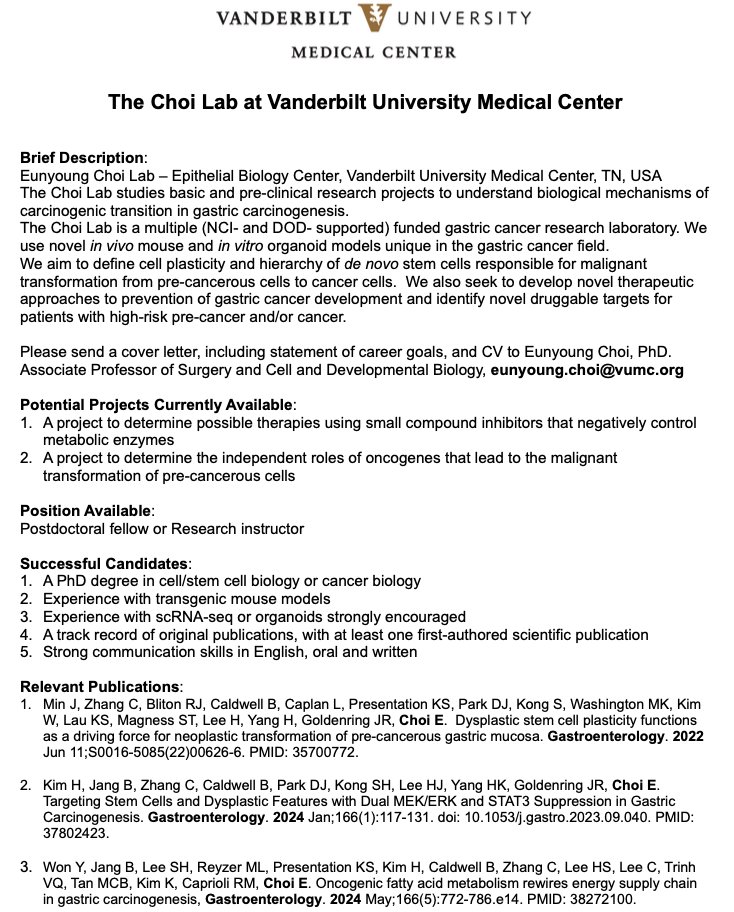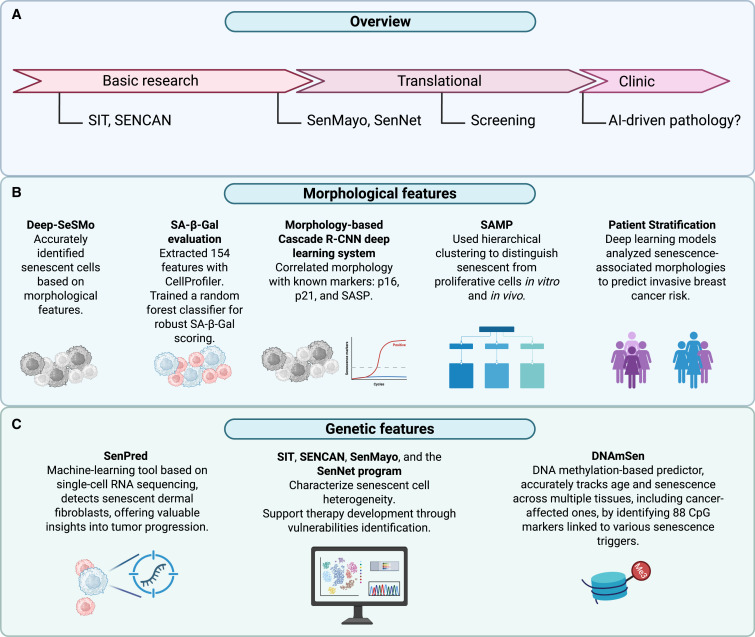
Jimin Min
@jiminmin_v
Instructor (Maitra lab) @MDACC🇺🇸, Postdoc (Choi lab) @VUMC🇺🇸, PhD @SNU🇰🇷. Cancer biology. Pancreas & stomach 🧫🔬🧬
ID: 1529683414978379776
26-05-2022 04:38:53
24 Tweet
114 Followers
201 Following

Truly amazing #MicroArt #Sciart in houston! How talented all these scientists are!!👍🏼 Great to see Mindy Engevik Kristen Engevik 😆



Some thoughts on #AACRPan23 as the 🛫 from Boston: A: Huge 🙏🏽 to AACR staff for their dedication in getting a 700 attendee event organized. B: 🙌🏽 to Rosie Sears Chris Iacobuzio Yeh Lab #DreamTeam C: The future of #PancreaticCancer research is very very 💪🏽 D: We all ❤️ KRAS


We are hiring a research faculty for a new translational project. We welcome candidates who has experience in organoid culture and single cell work. Contact me at: [email protected].


What are the hallmarks of Precancer? See our commentary in Cancer Discovery from the @NCICancerBio TBEL Consortium (tbelprogram.org/index.html) driven by an exceptional cache of trainees & early career investigators. aacrjournals.org/cancerdiscover… Ken Lau Lab Lyssiotis Lab Jimin Min
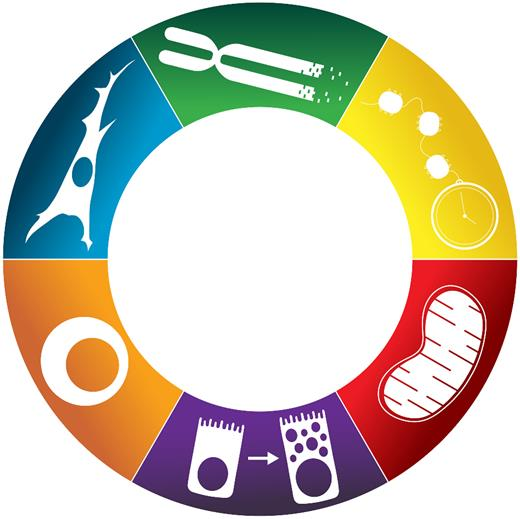
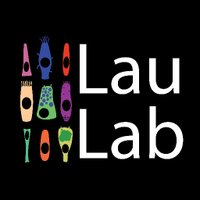
Early intervention remains the most effective way to manage cancer. Our perspective sheds light on the hallmarks and biology of precancer lesions and “at risk” tissues. Congratz: @MMStangis, Lucy Zhengyi Chen, @radykm, Jimin Min, Sarah E. Glass, Jordan J. aacrjournals.org/cancerdiscover…
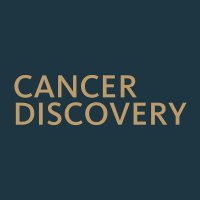
The Hallmarks of Precancer— bit.ly/44cuDbm @MMStangis, Chen, Min, Sarah E. Glass, Jackson, @radykm, Hoi, Brennen, Yu, Huy Q. Dinh, Bob Coffey, Shrubsole, Keith Syson Chan Lab, Grady, Yegnasubramanian, Lyssiotis Lab, Anirban Maitra, Halberg, Dey Lab Ken Lau Lab #CancerHallmarks
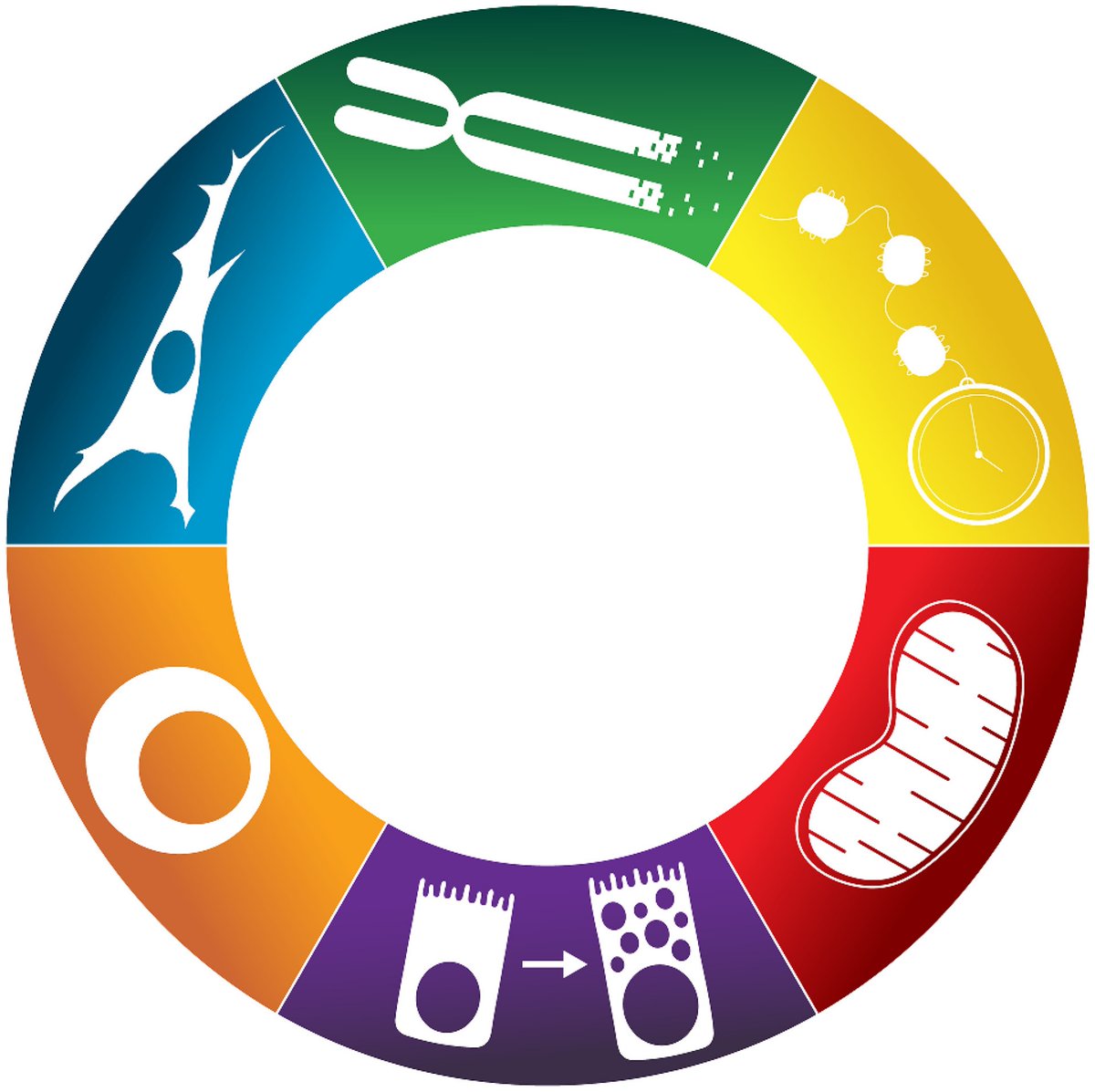

Very excited to share our latest manuscript looking at metaplastic reprogramming and glycolytic dependency in GNAS mutant IPMNs! MD Anderson Cancer Center Gut Journal gut.bmj.com/content/early/…

New perpsective in Gastroenterology from talented postdoctoral fellow Dr. LaNisha Patterson MD Anderson Cancer Center (LaNisha Patterson, MS, PhD) #PancreaticCancer–induced metabolic dysregulation syndrome: clinical profile, proposed mechanisms, and unanswered questions gastrojournal.org/article/S0016-…


Read the #GUTOnline paper by Makino et al on "Metabolic reprogramming by mutant GNAS creates an actionable dependency in intraductal papillary mucinous neoplasms of the pancreas" via bit.ly/4d6O8F8 Fredrik Thege Anirban Maitra MD Anderson Cancer Center #IPMN




Thrilled to share our latest study just out in nature 😄A major milestone in our collaboration with Anirban Maitra Led by brilliant Guangsheng Pei Jimin Min MD Anderson Cancer Center nature.com/articles/s4158…

Truly honored to be part of this incredible team and to collaborate with such outstanding colleagues & collaborators! Deeply grateful to Anirban Maitra Linghua Wang, MD, PhD Guangsheng Pei for this opportunity. Thrilled for the journey ahead and our next endeavors!

Thrilled about our latest publication in Gut! Thank you Anirban Maitra and Johannes Fahrmann gut.bmj.com/content/early/…

Many groups have asked us for the high resolution H&E tissue images corresponding to our Visium spatial transcriptomics data in primary and metastatic #PancreaticCancer. Those are now available for download in the parent GEO submission. Linghua Wang, MD, PhD nature.com/articles/s4158…

Exciting news! This fall, I’ll be joining Ohio State Wexner Medical Center Surgery Dept. as an Assistant Professor 🎉🧬🔬 My lab will focus on modeling therapy response in pancreatic cancer and uncovering powerful combinatorial treatments. Can’t wait to get started! #PancreaticCancer The James The Ohio State University Wexner Medical Center

New bioRxiv ! With Dr. Maitra Anirban Maitra (MD Anderson Cancer Center) & Nebraska Rapid Autopsy Program, we used AI-powered Deep Visual Proteomics to map early molecular changes in pancreatic cancer precursor lesions. Read: bit.ly/4nAqPK8 #SpatialMedicine #PDAC

Very excited to share our preprint on #AI directed Deep Visual Proteomics (DVP) on #PancreaticCancer precursor lesions (PanINs), in collaboration with OmicVision Andreas Mund Thousands of proteins from as few as ~100 precisely microdissected cells in archival samples!


